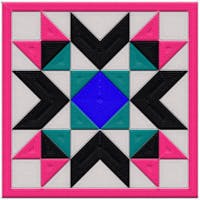On its own, data can be dry and overwhelming. When turned visual, it’s an incredible foundation for a compelling story.
A few rules to follow:
Don’t data dump: Data on its own doesn’t tell a story. Users need help understanding the significance of any data you present to them. Make sure you give some context to the numbers, and make it visual so users can see what you see.
Be selective: Too much data can be, well, mind-numbing. Don’t drown your users in numbers and graphs. Instead, give them just enough to make your point.
Tell them what they don’t know: What’s the worst thing your reader can say about your content? Meh. Avoid this by supplying them with data that changes their perspective. If they know it (or could guess at it), don’t include it.
Experiment: Get playful with your graphs. Weave infographic themes into the design of your graphs (i.e., have a graph about dog food prices? Maybe animate a dog jumping to each data point). Or experiment with a few ideas without any graphs at all.
Plan for the future: Is this infographic something you’ll be updating regularly? If so, you’ll probably want to simplify your approach and your data sets.
Don’t present everything at once: Some of your users (most in fact) will just want an overview, so don’t put all your data up front. Just present the key numbers, and if you want, create a popup option for those readers that want a deeper dive.
How to get started:
What’s your message? Say it aloud: What’s the one thing you want your users to walk away knowing? Say it aloud (it helps). Keep it to one sentence — this will be your main message. All your data should point back to this.
Outline your story: What story does your data tell? There should be a transition — some change that your readers will find interesting. Use this to outline a beginning, middle and end (it can be as simple as a set-up, what changed, and the end result).
Sketch some ideas: Infographics are all about presenting data visually. Sketching some ideas will help tap into that visual part of your brain. Get several people from your team and have a group session where you sketch out your ideas.
Be selective: Sift through your data. Keep what’s interesting, and tells the story you want to tell. Delete the data that doesn’t serve a purpose.
Sell your content! Believe it or not, your content will not sell itself. Create catchy headlines and subheads to make it enticing for your users to click.
Liaise with design at every stage: The more you and your designer touch base, the happier you will likely be with your finished product.
















